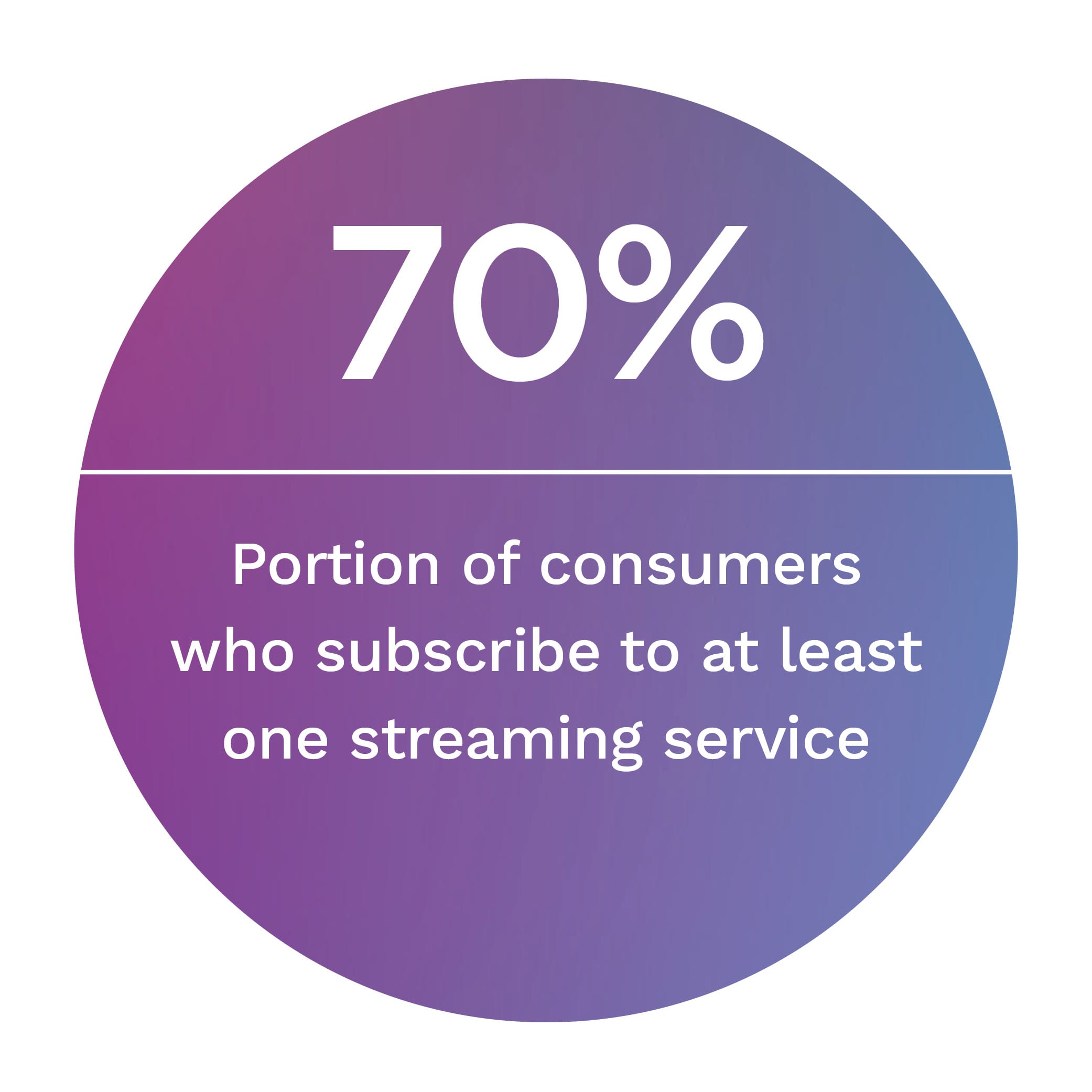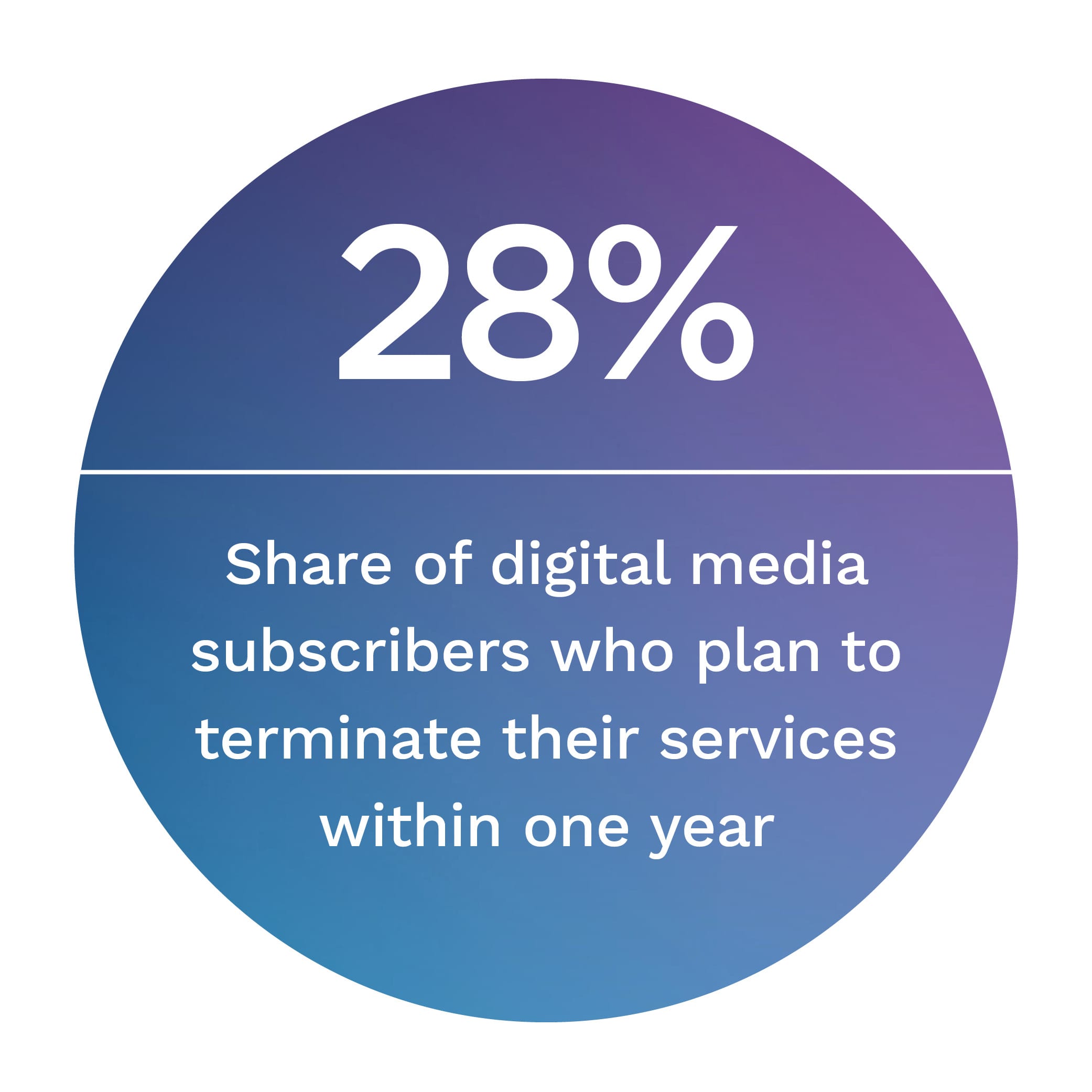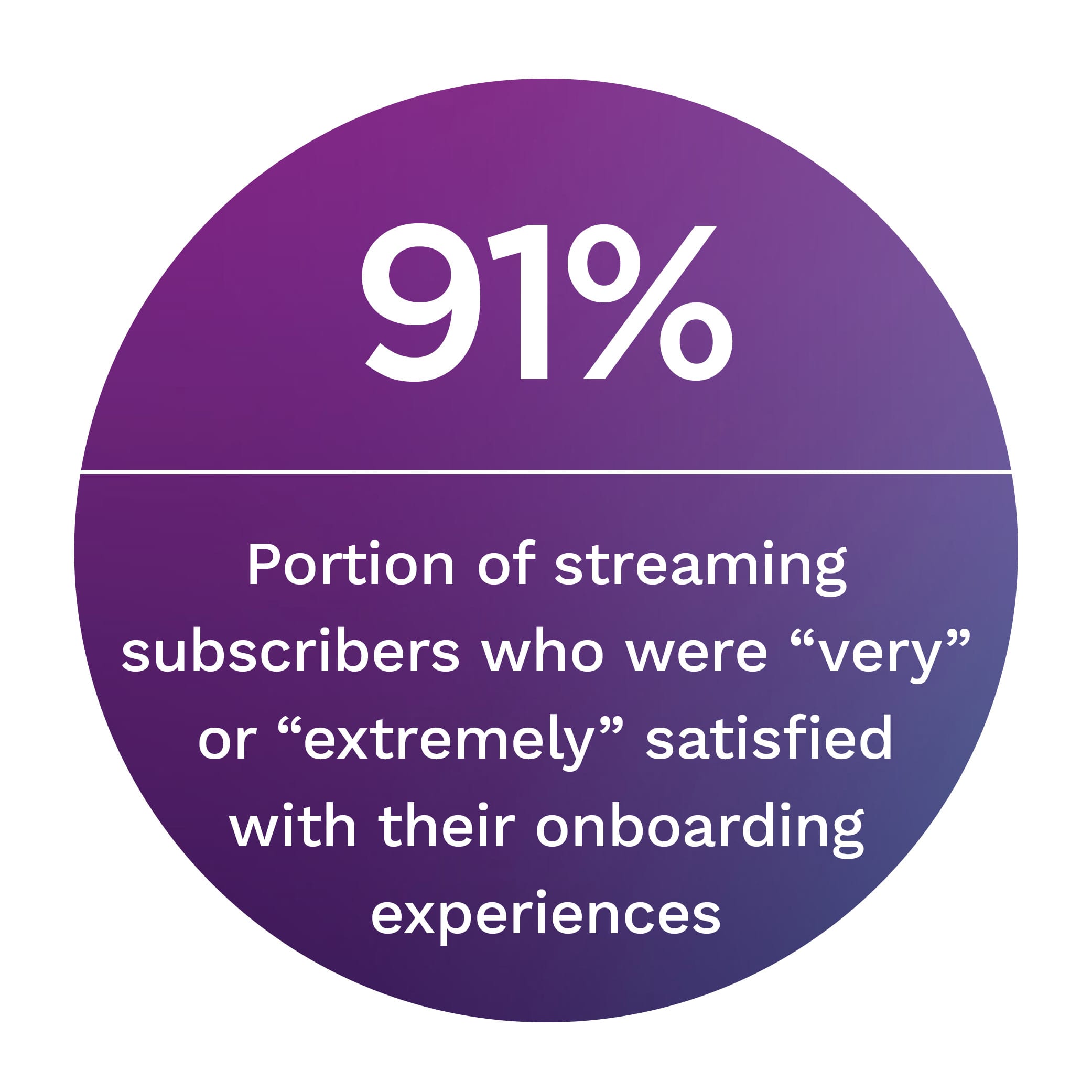
In late May, millions of fans streamed the finale of the popular fantasy series Game of Thrones (GoT). When the series ended, however, HBO faced a different kind of battle: how to keep millions of fans subscribed to its streaming service in the post-GoT era.
The fight for subscriber loyalty is something that major subscription markets (streaming, digital content and online gaming services) must face. Consumers have a wide range of sources from which to choose — including Hulu, Netflix and Spotify for streaming, Audible and Scribd for digital content, and PlayStation Now and Xbox Game Pass for online gaming.
 Based on input from 2,153 subscribers, streaming services appear to be far ahead in terms of winning subscribers. As outlined in the new Subscription Commerce Conversion Index, in collaboration with Recurly, PYMNTS found that 70 percent of respondents reported subscribing to at least one streaming service. Only 30.6 percent of respondents said the same about online gaming, and 27.7 percent said they had at least one digital media subscription.
Based on input from 2,153 subscribers, streaming services appear to be far ahead in terms of winning subscribers. As outlined in the new Subscription Commerce Conversion Index, in collaboration with Recurly, PYMNTS found that 70 percent of respondents reported subscribing to at least one streaming service. Only 30.6 percent of respondents said the same about online gaming, and 27.7 percent said they had at least one digital media subscription.
Not only are streaming service providers more likely to attract subscribers, but they are much more likely to retain them: Only 8 percent of streaming subscribers planned to terminate their services in the next year. Digital media service providers faced a tougher loyalty test, with 28.3 percent of subscribers planning to cancel their services within one year. Online gaming didn’t fare much better, with 23.4 percent of subscribers planning to terminate services within a year.
So, why are some subscription markets more successful at retaining customers than others?
As it turns out, first impressions matter in the long term. Streaming services, once again, dominated the field, with 90.7 percent of streaming subscribers saying they were “very” or “extremely” satisfied with their initial onboarding experiences. The share of digital media and online gaming subscribers who said the same were lower, but still strong at 82.5 percent and 83.3 percent, respectively.
In other words, loyalty can be a difficult goal to chase in the digital content subscription market. Here are some additional findings outlined in the Index:
Of the three markets studied in the Index, streaming and digital media stand apart. Streaming has higher participation and consumer  satisfaction with initial onboarding than the digital media market, which struggles with a higher rate of consumer abandonment. The Index also includes a Deep Dive, outlining the factors that set these two markets apart, and the services each one offers that consumers value most.
satisfaction with initial onboarding than the digital media market, which struggles with a higher rate of consumer abandonment. The Index also includes a Deep Dive, outlining the factors that set these two markets apart, and the services each one offers that consumers value most.
Download the Index to find 163 data points on what subscribers value most from their digital content subscriptions.
About the Index
The Subscription Commerce Conversion Index, a collaboration with Recurly, is based on input from 2,153 survey respondents who subscribed to online gaming, digital media and streaming services. The Index ranked subscription service providers on a scale of zero to 100, based on 47 key features, including time required to start a subscription, plan options, messaging, cancellation and others.